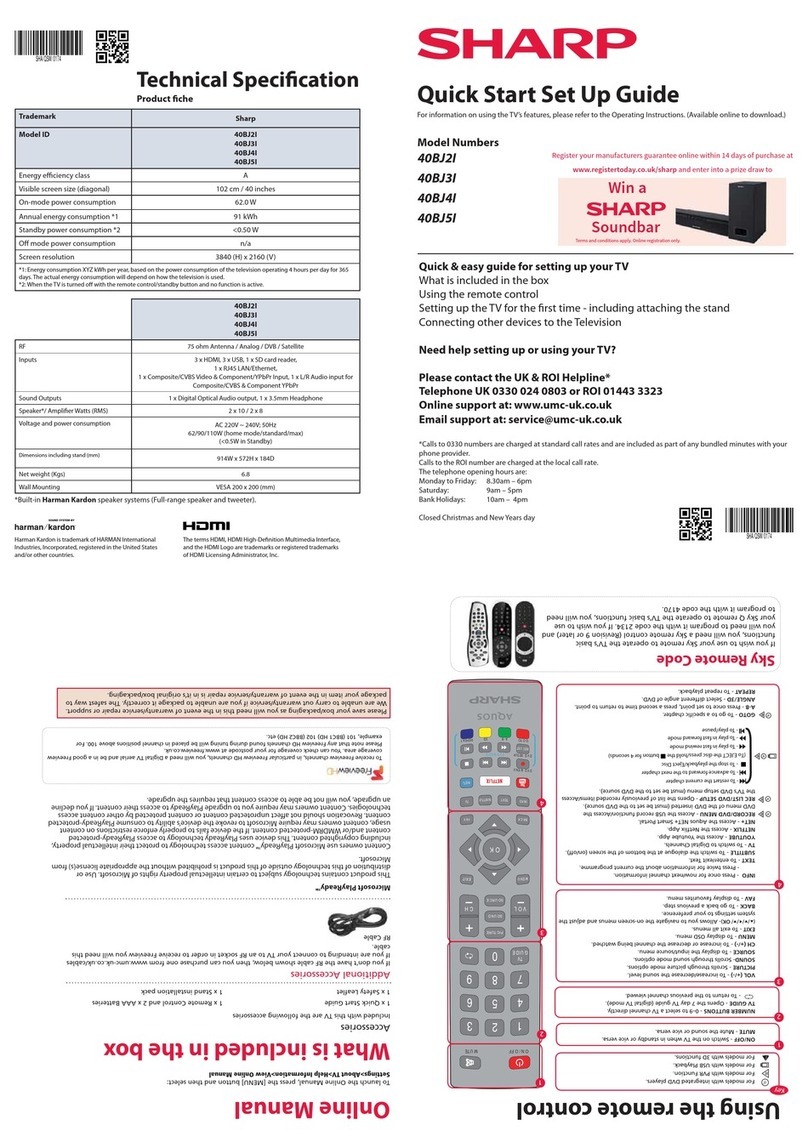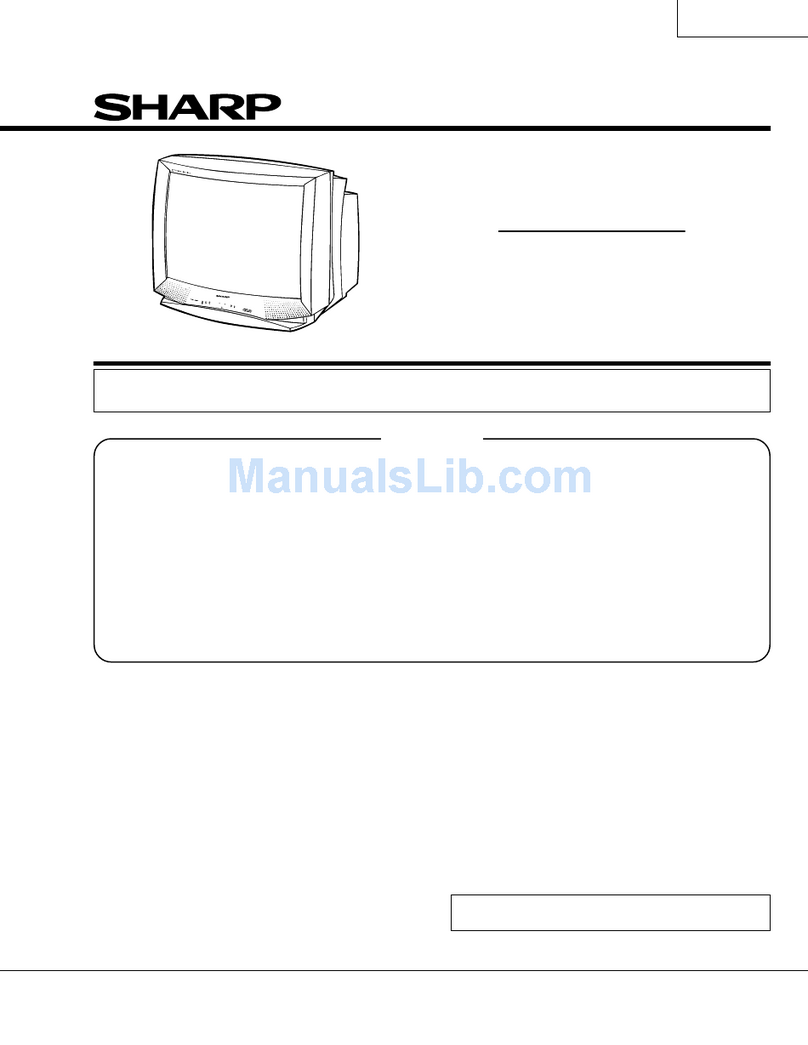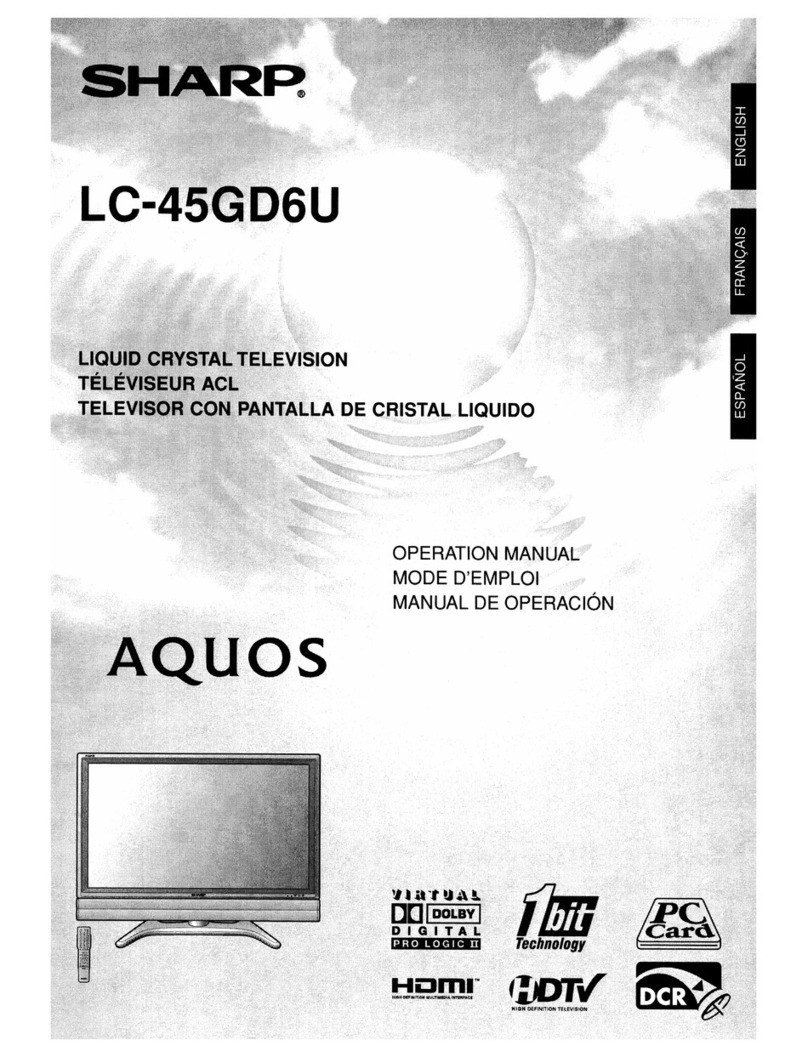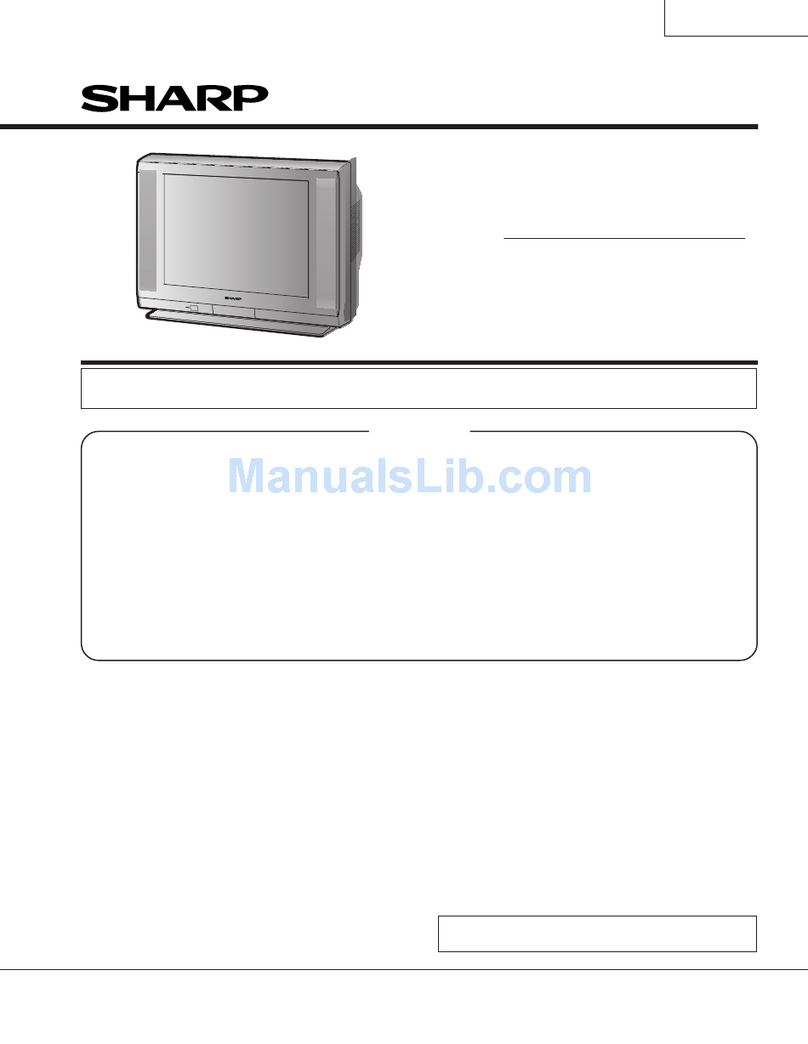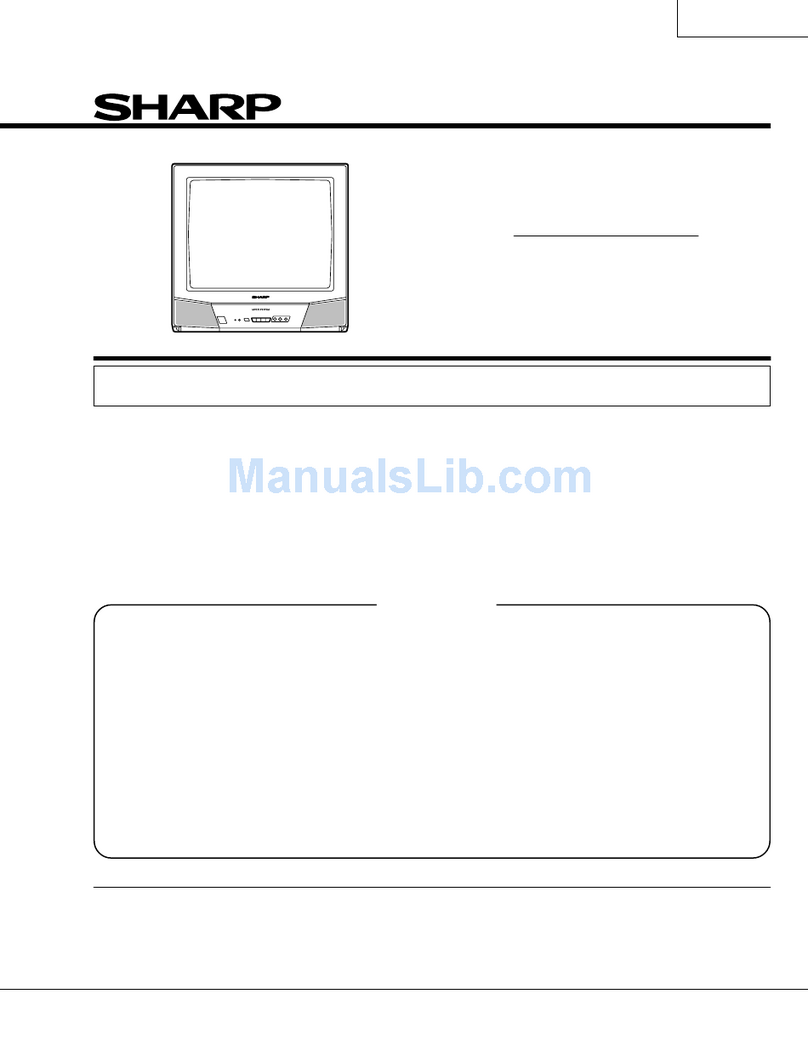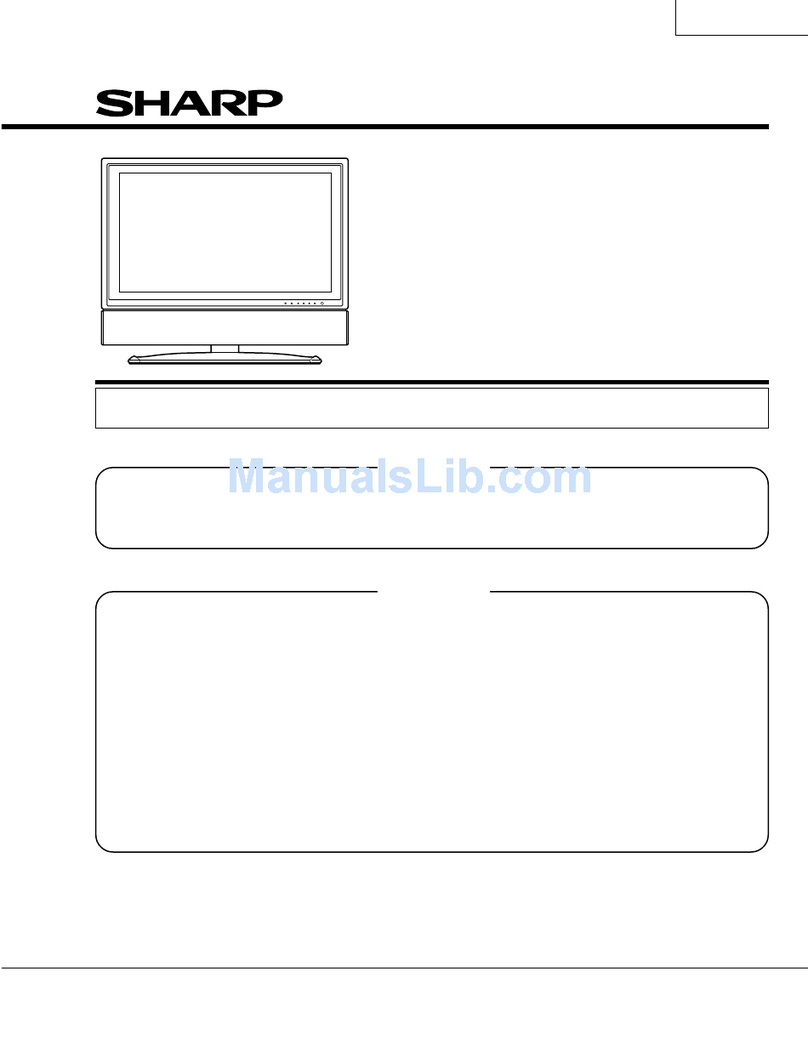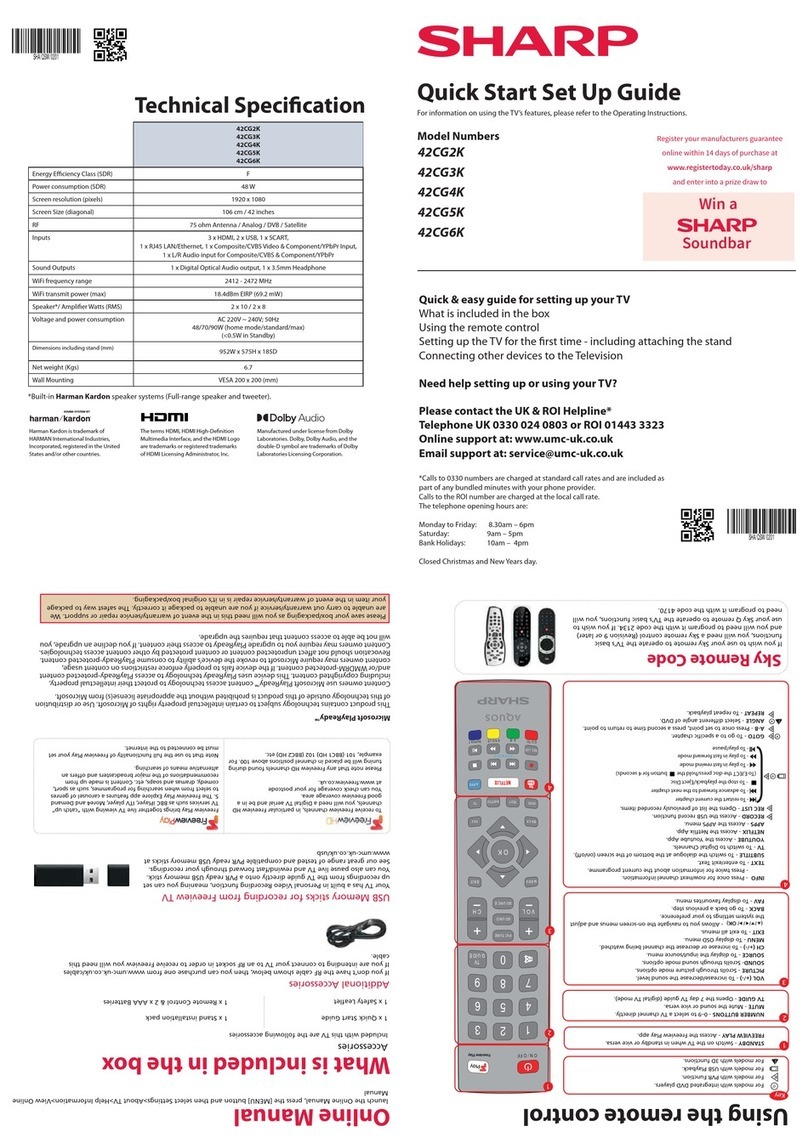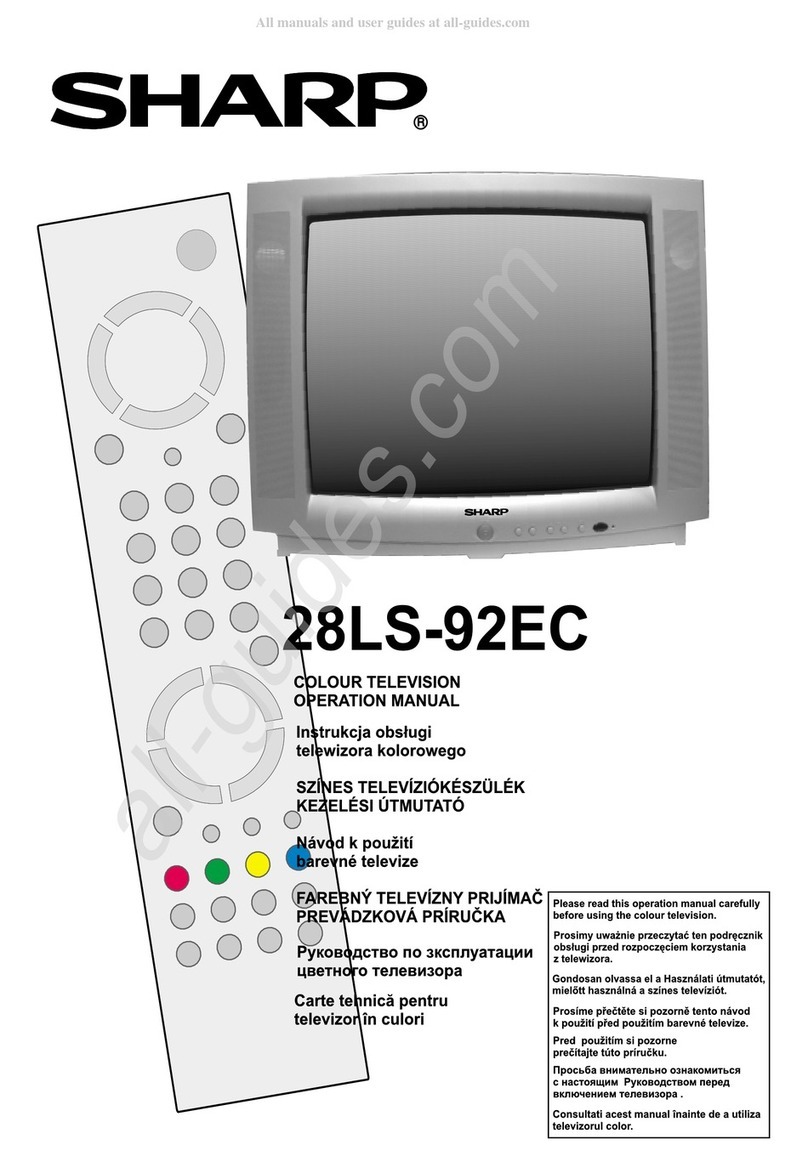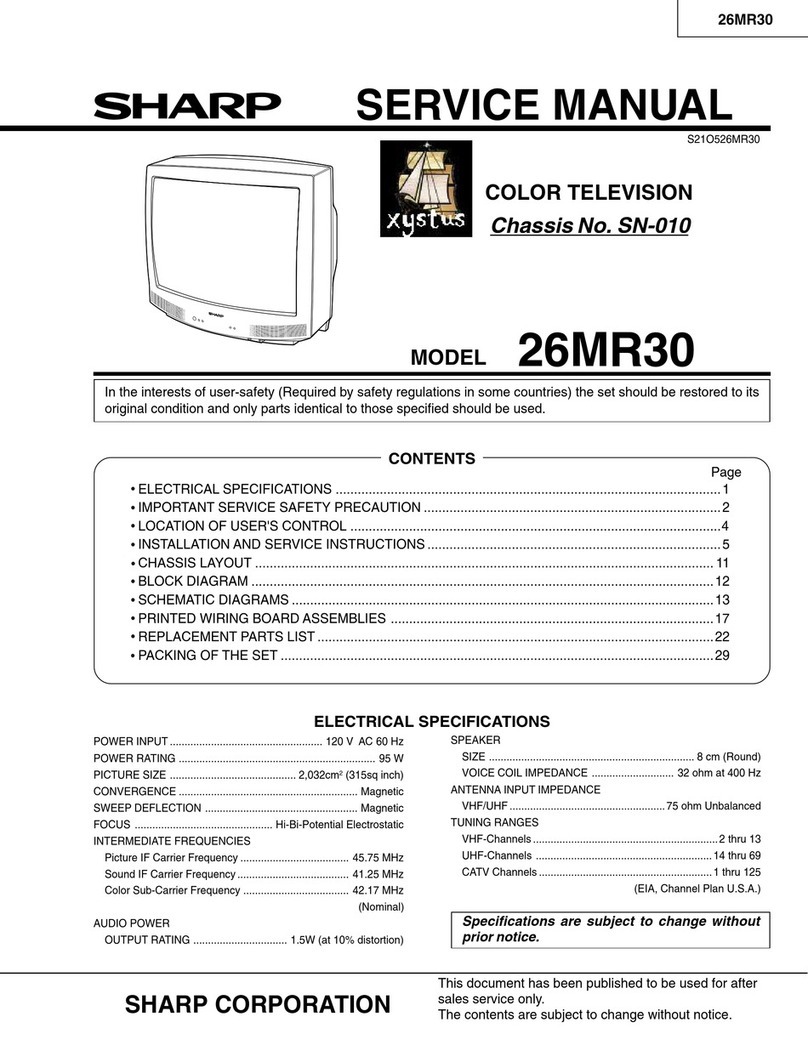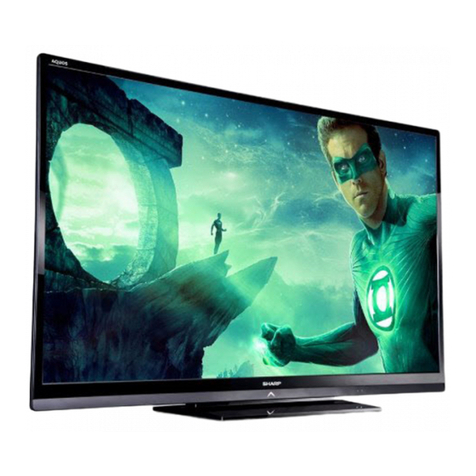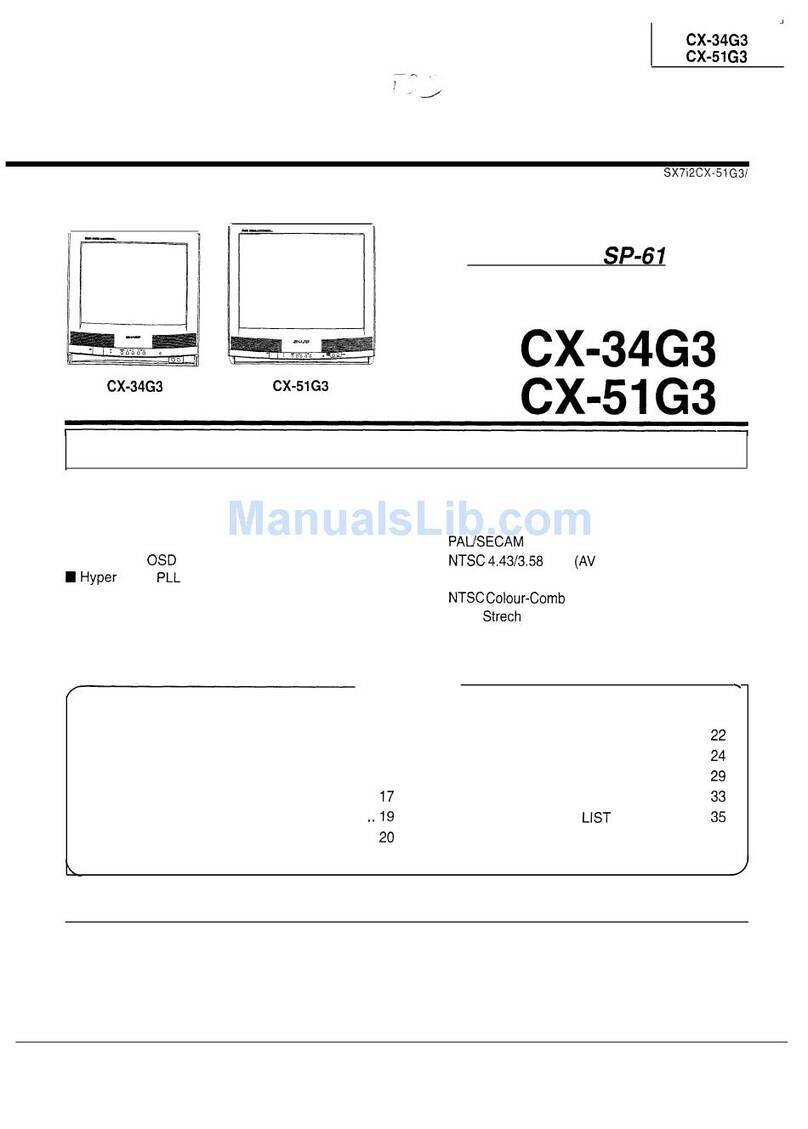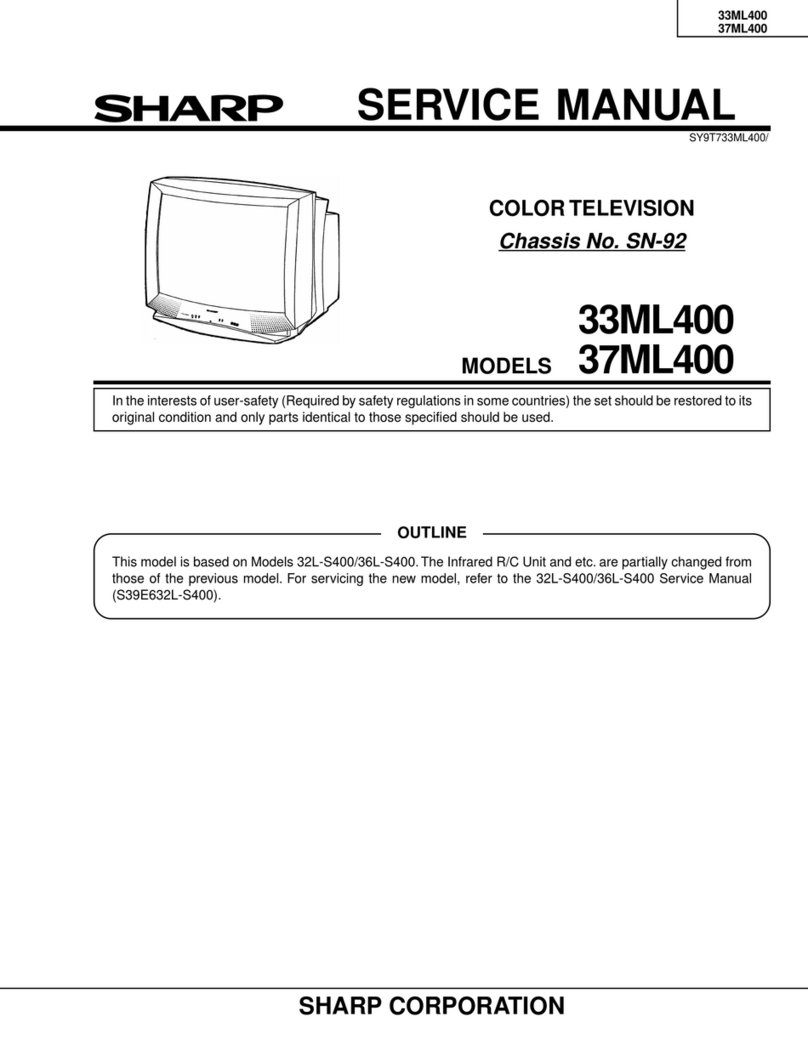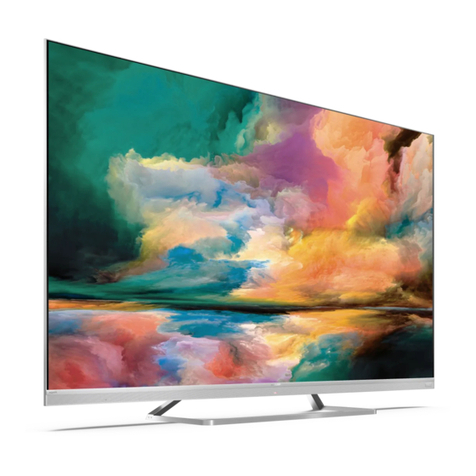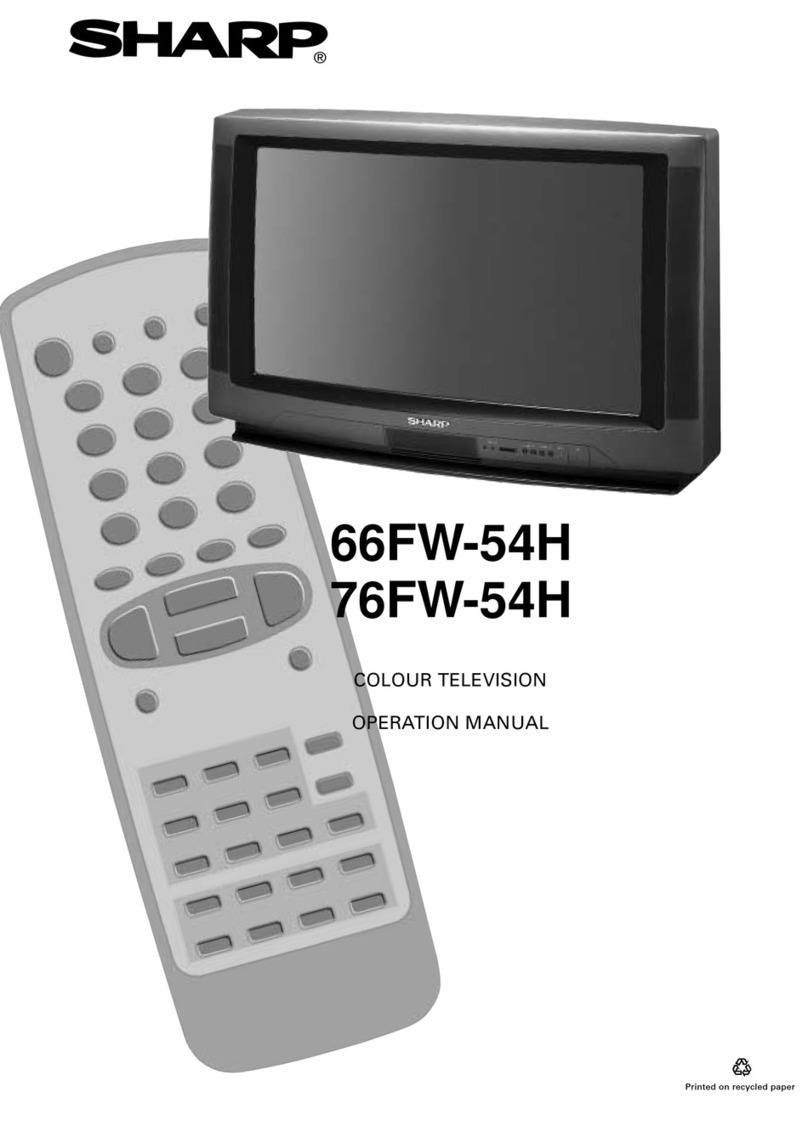49 DATAILS LIMIT 0 ~ 15 PKLM COMB/AI PKLM 8 4
50 OUTLINE DFF FREQ. 0 ~ 1 YDO COMB/AI YDO 0 1
51 OUTLINE CORING 0 ~ 7 RCOR COMB/AI RCOR 5 4
52 OUTLINE CORRECTION 0 ~ 15 RMY COMB/AI RMY 14 14
53 DATAILS OUTLINE 0 ~ 255 GAINA COMB/AI GAINA 64 90
54 YNR CORING 0 ~ 7 BLC COMB/AI BLC 4 0
55 CHROMA BPF TV 0 ~ 3 BPS T COMB/AI BPS T 0 3
56 CHROMA BPFAV 0 ~ 3 BPS A COMB/AI BPS A 0 0
57 Y-DELAY TV 0 ~ 7 YDL T COMB/AI YDL T 4 4
58 Y-DELAY AV 0 ~ 7 YDLA COMB/AI YDLA 3 3
59 V OUTLINE LIMIT 0 ~ 15 VPL COMB/AI VPL 8 8
60 V OUTLINE CORING 0 ~ 15 KOA COMB/AI KOA 2 7
61 V OUTLINE DETECT 0 ~ 1 YHO COMB/AI YHO 1 1
62 YNR DETECT GAIN 0 ~ 3 YNG COMB/AI YNG 2 0
63 YNR CORING 0 ~ 15 COR COMB/AI COR 8 1
64 B-STRETCH REFLECT 0 ~ 3 APSL COMB/AI APSL 1 1
65 B-STRETCH THRE 0 ~63 APMN COMB/AI APMN 20 20
66
PEDESTAIL CORRECTION
0 ~ 7 PHD COMB/AI PHD 6 6
67 B-STRETCH INITIAL 0 ~ 31 APA COMB/AI APA 6 4
68 AI ON/OFF 0 ~ 1 AION COMB/AI AION 0 1
69 HISTGRAM LIMIT 0 ~ 63 LMT COMB/AI LMT 12 15
70 Y-MIN DETECT GAIN 0 ~ 3 MNSL COMB/AI MNSL 2 1
71 Y-MIN LIMIT 0 ~ 63 MINLT COMB/AI MINLT 32 32
72 BASE AMOUNT 0 ~15 BSE COMB/AI BSE 15 15
73 Y-MIN DETECT OFFSET 0 ~15 MNOFT COMB/AI MNOFT 6 9
74 APL LAST GAIN 0 ~ 1 APGA COMB/AI APGA 1 1
75 APL LIMIT LAST GAIN 0 ~ 63 APLT COMB/AI APLT 10 32
76 APL SWITCH LAST GAIN 0 ~ 127 APDT COMB/AI APDT 37 10
77 LOW APL COL LEVEL 0 ~ 63 APC COMB/AI APC 28 10
78 LOW APL COL GAIN 0 ~ 3 CAS COMB/AI CAS 0 2
79 HIGH APLCOL LEVEL 0 ~ 63 APU COMB/AI APU 54 5
80 HIGH APLCOL GAIN 0 ~ 3 CUS COMB/AI CUS 2 2
81 PRESCALE SCART 0 ~ 127 PRE S NICAM PRESCALE 24 24
82 PRESCALE FM/AM 0 ~ 127 PRE F NICAM PRESCALE 10 10
83 PRESCALE NICAM 0 ~ 127 PRE N NICAM PRESCALE 63 24
84 AUTO VOLUME CORR 0 ~ 3 AVC NICAM PRESCALE 0 0
85 VOLUME NICAM BG 0 ~ 127 BG L NICAM VOLUME 127 113
86 VOLUME NICAM I 0 ~ 127 I L NICAM VOLUME 127 103
87 VOLUME NICAM DK 0 ~ 127 DK L NICAM VOLUME 127 95
88 VOLUME IGR BG 0 ~ 127 IGR L NICAM VOLUME 127 125
89 VOLUME FM 0 ~ 127 FML NICAM VOLUME 127 125
90 OSD H-POSITION 0 ~ 127 OSD-H - - 26 25
91 TEXT H-POSITION 0 ~ 127 TEXT-H - - 34 10
92 TEXT V-POSITION 0 ~ 63 TEXT-L - - 35 37
93 VSM GAIN(AVM1) 0 ~ 7 VG1SP1 1 CHIP VSM GAIN 3 7
94 GAMMA POINT(AVM1) 0 ~ 3 G-POINT1 1 CHIP GAMMA POINT 3 2
95 TREBLE(AVM1) 0 ~ 60 TRE1SP1 SOUND TREBLE 25 31
96 BASS(AVM1) 0 ~ 60 BASS1SP1 SOUND BASS 25 28
97 SURR EFECT(AVM1) 0 ~ 15 EF1SP1 SOUND SURR LEVEL 15 10
98 SURR LOOP(AVM1) 0 ~ 1 LO1SP1 SOUND LOOP 0 0
99 VSM GAIN(AVM2) 0 ~ 7 VG1SP2 1 CHIP VSM GAIN 5 4
100 GAMMA POINT(AVM2) 0 ~ 3 G-POINT2 1 CHIP GAMMA POINT 2 2
101 TREBLE(AVM2) 0 ~ 60 TRE2SP1 SOUND TREBLE 30 30
102 BASS(AVM2) 0 ~ 60 BASS2SP1 SOUND BASS 32 30
103 SURR EFECT(AVM2) 0 ~ 15 EF2SP1 SOUND SURR LEVEL 15 10
104 SURR LOOP(AVM2) 0 ~ 1 LO2SP1 SOUND LOOP 0 0
No. EEPROM SETTING DATA OSD IC DATA SETTING INITIAL
SETTING
LENGTH DATA DATA
105 VSM GAIN(AVM3) 0 ~ 7 VG1SP3 1 CHIP VSM GAIN 7 7
106 GAMMA POINT(AVM3) 0 ~ 3 G-POINT3 1 CHIP GAMMA POINT 1 2
107 TREBLE(AVM3) 0 ~ 60 TRE3SP1 SOUND TREBLE 35 32
108 BASS(AVM3) 0 ~ 60 BASS3SP1 SOUND BASS 35 30
109 SURR EFECT(AVM3) 0 ~ 15 EF3SP1 SOUND SURR LEVEL 15 10
110 SURR LOOP(AVM3) 0 ~ 1 LO3SP1 SOUND LOOP 0 0
111 S-BOOST MER 0 ~ 255 MER - - 127 80
112 S-BOOST MEL1 0 ~ 255 MEL1 - - 180 150
113 S-BOOST MEL2 0 ~ 255 MEL2 - - 195 156
114 S-BOOST MEL3 0 ~ 255 MEL3 - - 210 163
115 S-BOOST MEL4 0 ~ 255 MEL4 - - 225 165
116 S-BOOST MEL5 0 ~ 255 MEL5 - - 240 170
117 S-BOOST MEL6 0 ~ 255 MEL6 - - 255 180
118 S-BOOST START POINT 0 ~ 255 SSTP - - 25 21
119 S-BOOST STOP POINT 0 ~ 255 SSPP - - 45 60
120 SIBOOST STEP POINT 0 ~ 255 SSTEP - - 5 7
121 AUDIO AGC 0 ~ 1 SUR AGC SOUND AGC 1 1
122 NICAM FM 0 ~ 255 NICAM FM SOUND NICAM 80 80
No. EEPROM SETTING DATA OSD IC DATA SETTING INITIAL
SETTING
LENGTH DATA DATA
